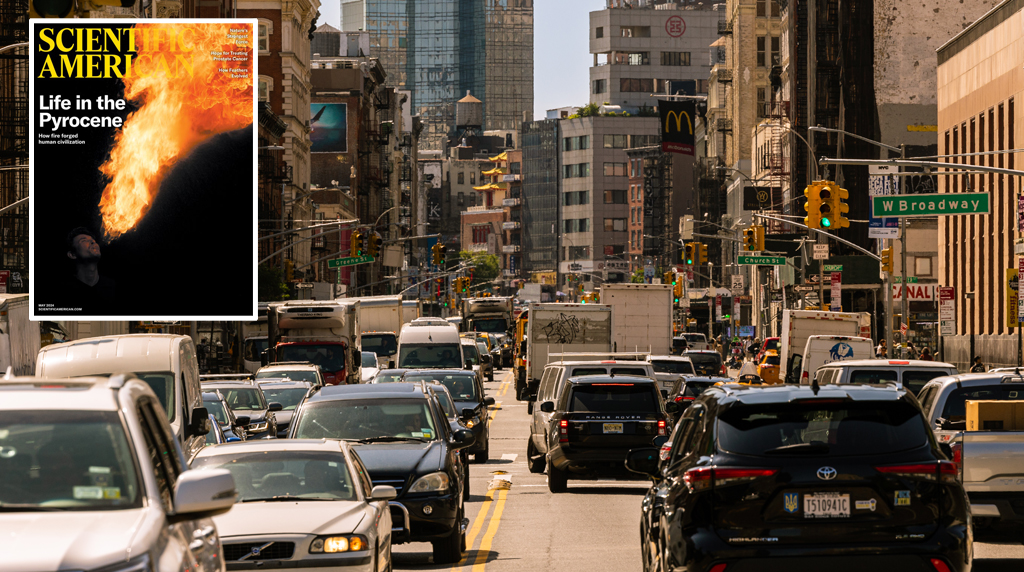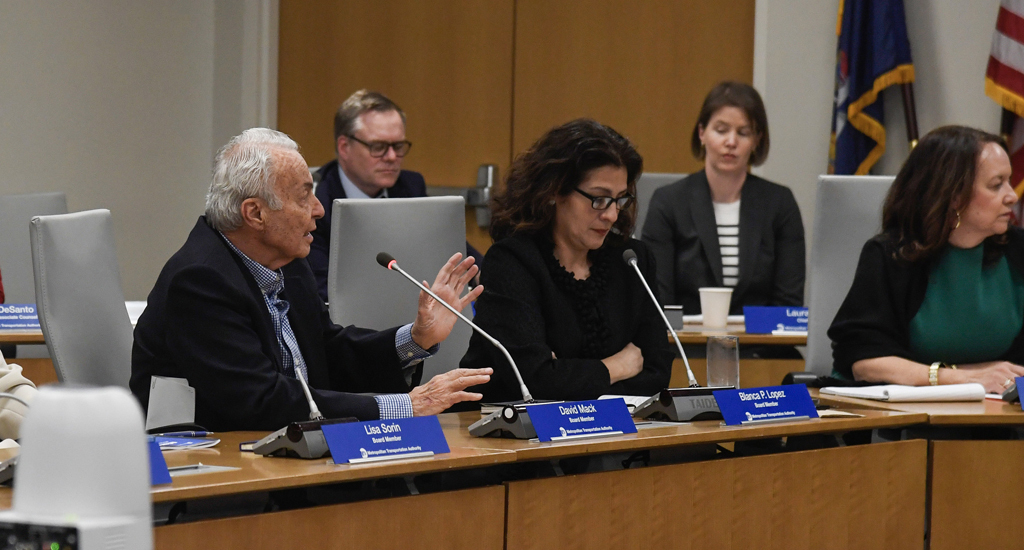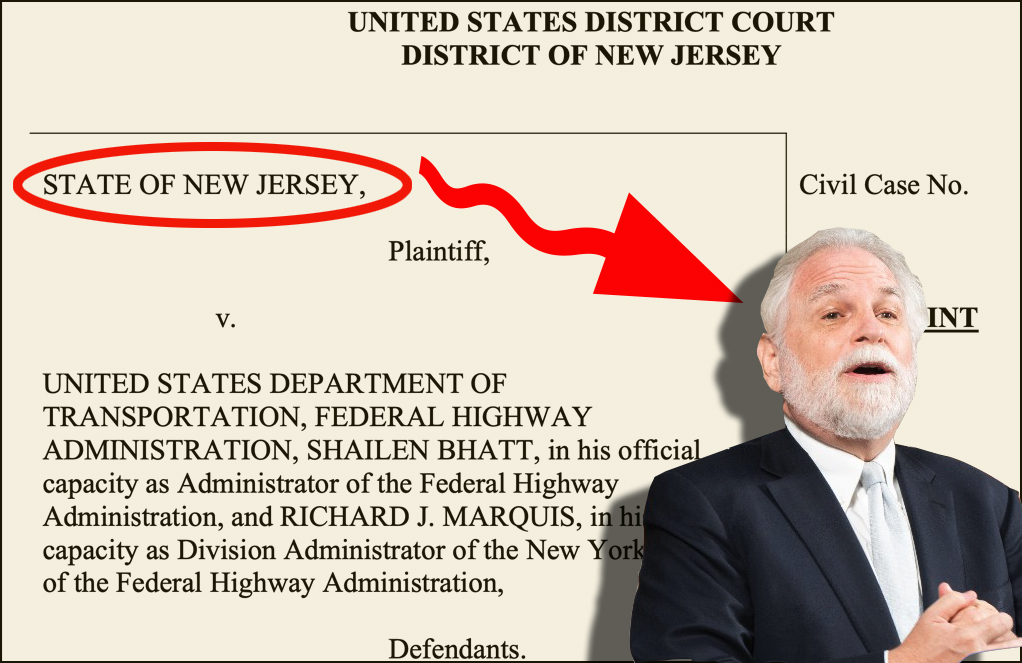Lawless driving in New York City is about as ubiquitous as scaffolding, pigeons, and Duane Reade put together. You just can't escape the constant background presence of motorist misbehavior: Ask New Yorkers what concerns them the most, and traffic safety ranks at the top. But if you ask the NYPD to crack down on dangerous and illegal driving, the response is always the same: Cops are out on the street issuing summonses, and traffic deaths are declining, so what's the problem?
Transportation Alternatives is out with a new report today, "Chaos to Compliance" [PDF], documenting the sky-high rate of moving violations on city streets, and the NYPD is sticking to its script. Here's the police response to TA's report, which appeared in the Post:
"Contrary to the report, the NYPD posts traffic enforcement resources where they are needed most," said Inspector Edward Mullen. "Traffic related fatalities in New York City are down 15.5% so far this year, and down by more than 35% since the Bloomberg administration took office in 2002."
"We expect to end the year with fewer than 260 traffic-related fatalities compared to 393 in 2001, and 1,360 in 1929, when highest number of traffic-related fatalities was recorded," he added.
But there's not much evidence to support the implication that NYPD has caused the decline in traffic deaths (going eighty years back, no less), as opposed to changes in street engineering or advances in emergency care. "The fact is, NYPD doesn't know the violation rates for the most dangerous driving behaviors," said TA's Wiley Norvell. "They don't know how many drivers are speeding, running red lights, or failing to yield. Because they don't, it's impossible to attribute New York City's decline in traffic fatalities to enforcement."
To get an accurate sense of whether enforcement is deterring dangerous driving, police first need to measure the rate of compliance with traffic laws. How do you do that? Chaos to Compliance suggests it's not that complicated.
TA stationed observers at four intersections during the morning and evening rush. At each intersection, two people stood at fixed points and catalogued the number and type of violations that occurred at pre-determined locations.
Here's what they tallied at 96th Street and Broadway:
- An average of 117 violations an hour
- Drivers disregarding traffic signals 44 times an hour -- a total of 350 incidents
- Drivers disregarding traffic signs 23 times an hour -- a total of 180 incidents
- Drivers disregarding roadway markings 16 times an hour -- a total of 127 incidents
- Drivers failing to yield to pedestrians 14 times an hour -- a total of 113 incidents
Equipped with information samples like this, NYPD could deploy its traffic enforcement resources more effectively and bring the same level of rigorous analysis to traffic violations that the agency has used to reduce violent crime the past two decades.
NYPD's TrafficStat program, which is presumably what Inspector Mullen was referring to when he said that police deploy "traffic enforcement resources where they are needed most," identifies problem areas where
crashes tend to occur but doesn't capture any data on actual violations. Meanwhile, as TA reported in Executive Order, NYPD has abandoned the practice of accident-prone location deployment, a metrics-based enforcement strategy the agency could quickly re-adopt. NYPD's public information office has not returned Streetsblog's inquiry as to whether police intend to bring the practice back.
While the candidates for Manhattan DA pledge to reduce vehicular crime and increase pedestrian safety, the NYPD's commitment to those goals is still an open question. All we can say is that they won't acknowledge the lawlessness on city streets, and they don't appear interested in measuring the type of behavior that causes 260 traffic deaths every year. "It’s frustrating that we’re not using data in an informed way to bring those deaths down to zero," said Norvell.





